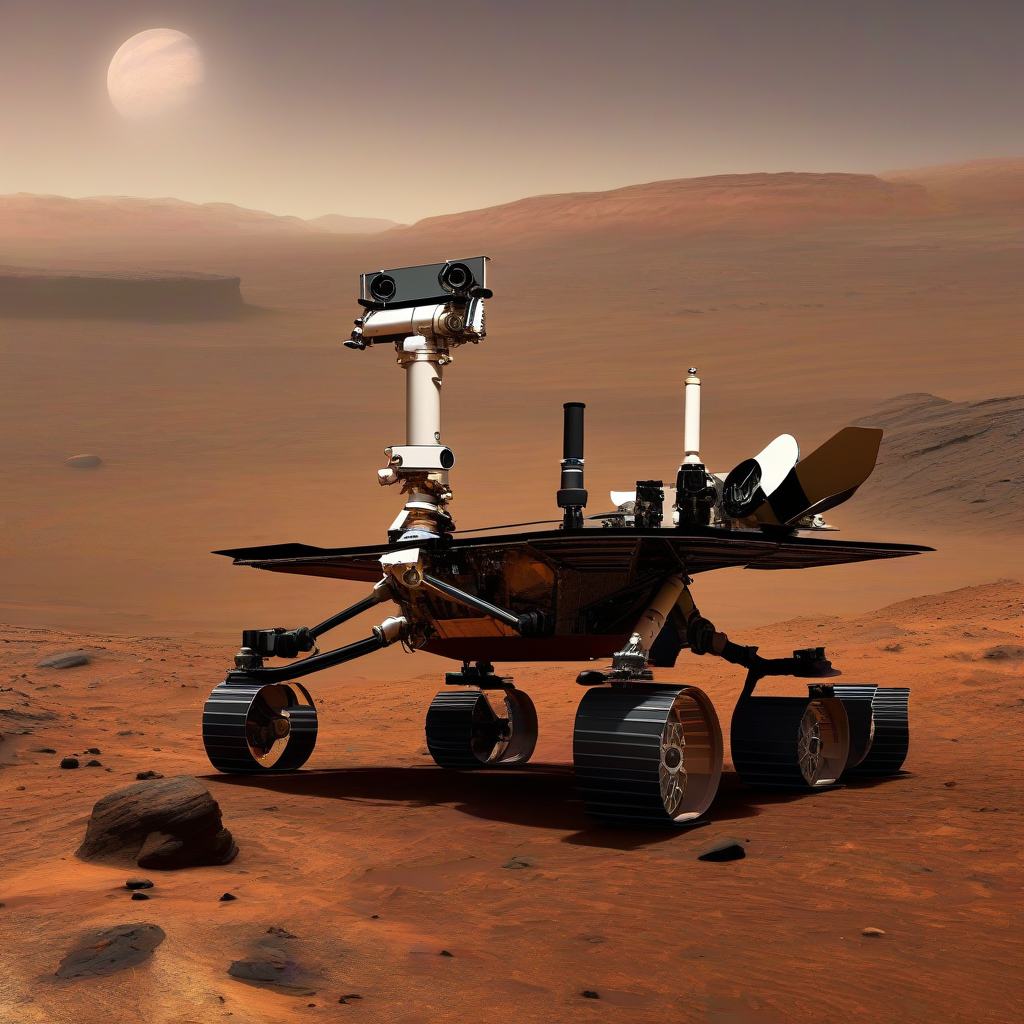# The Quest for Mars: Uncovering Hidden Secrets with Ingenuity and Perseverance
Mars has always fascinated humanity. Its fiery red glow made it a celestial enigma for ancient stargazers, and its proximity to Earth inspired dreams of exploration and discovery. Today, Mars represents a laboratory of possibilities—a place where scientists can uncover clues about the origins of the solar system, the potential for life beyond Earth, and even the future of human colonization.
At the forefront of this quest are NASA's twin pioneers: Ingenuity, the first helicopter to fly on another planet, and Perseverance, the rover tasked with uncovering Mars' hidden secrets. Together, they are rewriting what we know about the Red Planet, one groundbreaking discovery at a time.
---
A New Chapter in Mars Exploration: Ingenuity and Perseverance
Perseverance: The Relentless Explorer
Landing on Mars is no small feat, yet Perseverance touched down in the Jezero Crater on February 18, 2021, with pinpoint precision. Jezero, a 28-mile-wide ancient lakebed, was chosen for its potential to hold evidence of past life. Billions of years ago, this crater was home to flowing rivers and deltas—ideal conditions for microbial life to thrive. Perseverance’s mission is clear: search for biosignatures, collect rock and soil samples, and pave the way for future human exploration.
Equipped with state-of-the-art instruments, Perseverance has already achieved incredible milestones:
- SHERLOC and PIXL: Advanced tools that analyze rock surfaces for organic compounds and minerals. These instruments work together to identify chemical fingerprints that could hint at past life.
- MOXIE: A groundbreaking experiment that successfully converted Mars’ carbon dioxide-rich atmosphere into oxygen, demonstrating potential for future resource utilization.
- Sample Collection: Perseverance has drilled and stored rock cores in special tubes, which will eventually be retrieved by future missions as part of the Mars Sample Return Program.
One of Perseverance’s most exciting discoveries came early in its mission: evidence of ancient streambeds and sediment layers in the Jezero Crater. These formations suggest that water persisted on Mars longer than previously thought, bolstering hopes that the planet may have supported life in its distant past.
Ingenuity: A Martian Pioneer in the Sky
If Perseverance is the scientist, Ingenuity is the scout—a technological marvel designed to push the boundaries of what’s possible on Mars. This tiny helicopter, weighing just 4 pounds, was initially designed as a technology demonstration. When it lifted off for its first flight on April 19, 2021, it made history as the first powered, controlled flight on another planet.
Ingenuity’s success has far surpassed expectations. Initially planned for five flights, it has become an essential companion to Perseverance, completing over 50 flights as of 2023. Its achievements include:
- Mapping Terrain: Ingenuity provides aerial reconnaissance, helping Perseverance navigate tricky landscapes like sand dunes and rocky outcrops.
- Testing New Technologies: By flying in Mars’ thin atmosphere, Ingenuity showcases the potential for future aerial exploration on other planets.
- Uncovering Hidden Features: Ingenuity has captured high-resolution images of areas that Perseverance cannot easily reach, including remote sections of the Jezero Crater.
Ingenuity’s resilience and adaptability have inspired engineers to think beyond rovers and landers. Future missions could deploy fleets of aerial drones to explore places like Mars’ polar ice caps or deep canyons.
---
What Have We Learned About Mars So Far?
The combined efforts of Perseverance and Ingenuity have revealed a more dynamic and complex Mars than scientists once imagined. Here are some of the key findings from their mission:
Water: The Lifeblood of Life
Mars might appear dry and barren today, but its past tells a different story. Perseverance has uncovered evidence of ancient river channels, lakebeds, and clay deposits, all signs that water flowed across the planet billions of years ago. These discoveries are crucial because water is a fundamental ingredient for life.
The rover’s study of sedimentary rocks in the Jezero Crater has also revealed minerals like carbonates and sulfates, which form in water-rich environments. These findings suggest that Mars once had a climate capable of sustaining liquid water for extended periods—a critical factor in the search for ancient life.
Organic Molecules: Building Blocks of Life
Perseverance’s instruments have detected organic molecules in Martian rocks and soil. While these molecules are not definitive evidence of life, they are key components of the chemical processes that could lead to life. Combined with data from earlier missions like Curiosity, scientists now have a clearer picture of how Mars
